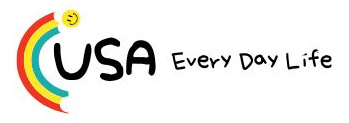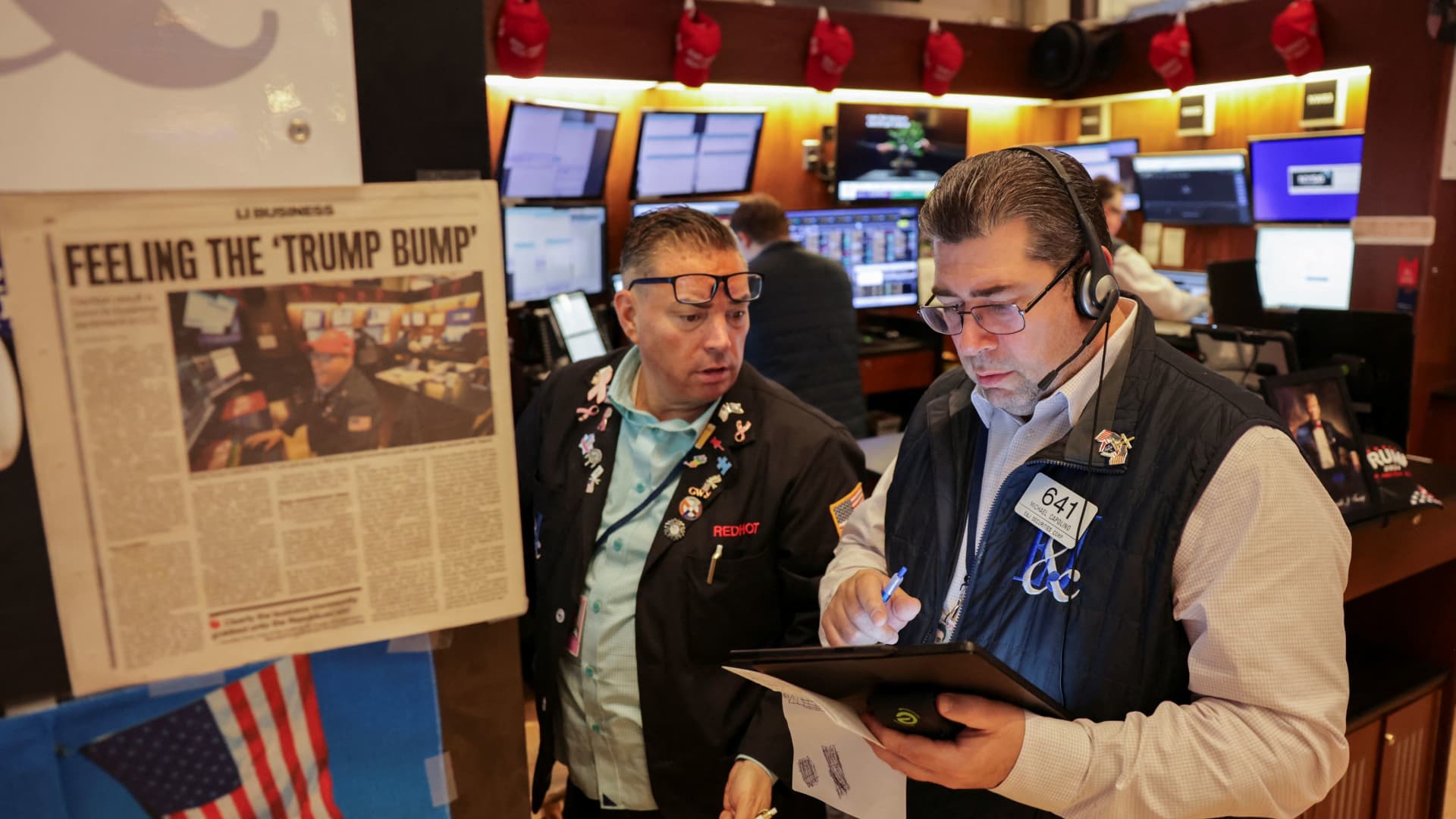The volatility term structure, which plots implied volatility against different expiration dates for options on the same underlying asset, can reveal when potential catalysts are anticipated by showing how implied volatility varies across time horizons. Implied volatility reflects the market’s expectation of future price movement in the underlying asset until the option’s expiration. Higher implied volatility for a specific expiration suggests the market anticipates a significant price move, often due to a catalyst like earnings reports, economic data releases, or other events prior to that expiration. When the term structure shows a noticeable increase in implied volatility for options expiring around a particular date, it indicates that traders expect greater volatility around that time, suggesting they’ve identified a potential catalyst. For example, if implied volatility for options expiring in two months is significantly higher than for one-month or three-month options, the market likely anticipates an event beyond the one-month expiration, but prior to the second month expiration, or 31-60 days from now. In the absence of any known catalysts, generally, implied volatility increases slightly with longer expirations, it suggests the market expects uncertainty or catalysts further out in time, but few, if any significant events in the near future. Traders refer to an upward sloping term structure as “contango”. Volatility curve examples As an example consider the current term structure of Dick’s Sporting Goods (below). Dick’s recently reported earnings (May 28th), and announced the acquisition of Foot Locker. Those two events caused sharp volatility in the stock price. Volatility over the past 30 days is nearly 70% (annualized). However, the term structure illustrates the market’s expectations for volatility are much lower over the next six months. You will also observe that implied volatility is higher in the 90-180 day tenor than over the next 90 days. This is because Dick’s next anticipated quarterly earnings release is September 4th, 96 days away. If shorter-term expirations have higher implied volatility, it indicates near-term catalysts, such as upcoming earnings, product launches, or regulatory announcements are anticipated to create above average volatility in the near future, after which things will settle down. A downward sloping term structure is referred to as “backwardation”. Lululemon provides a good example. Lulu’s 30 day volatility is about 36%, but the term structure implies much higher volatility, and soon (below). A quick look at the calendar reveals that Lululemon is expected to report earnings next week, June 5th. The term structure suggests that options traders expect near-term volatility surrounding that announcement after which volatility is likely to drop. A localized spike in implied volatility at a specific expiration date often points to a known or anticipated event, like an earnings release, expected to impact the underlying asset’s price after the expiration of nearer-dated options, but within the foreseeable future. For example the term structure in Domino’s Pizza, which has been very quiet recently, with a realized volatility of less than 19%, suggests volatility will increase in the future, but likely more than a month away, but less than two months away – notice that the term structure is highest at 60 days in the chart below. Again this is consistent with Domino’s anticipated earnings release on July 18th, just over 6 weeks from today. After the expiration of 30 day options, but prior to the expiration of 60 day options. The trade Okay, so catalysts like earnings, mergers, or policy changes often lead to elevated implied volatility for expirations just after the event. Traders can identify these by comparing the term structure to a calendar of known events, but this is not necessarily an epiphany – it’s well known that stock prices tend to move more when new information is released. At this point some readers might be saying “tell me something I don’t know.” For that one must take note of unusual volatility spikes in the term structure without obvious causes, or where the term structure does not align with anticipated catalysts. Consider Intuitive Surgical (ISRG) for example. Notice that the July 18th expiration options are a significantly higher volatility than the July 11th expiration options, which makes sense if one believes the company will report earnings on or before that date. Nasdaq’s website for example estimates earnings will take place on July 17th. Bloomberg’s estimate is July 18th. The answer could be that someone’s estimates are off, but whose? To understand how or why there could be some confusion first recognize that most earnings date estimates are identified algorithmically, and they’re not always double-checked right away. Over the past eleven years, Intuitive Surgical has reported their Q2 earnings no earlier than July 18th and no later than July 22nd. Bloomberg’s July 18th estimate falls within that window, but the problem there is that the 18 is a Friday. Publicly traded companies rarely release earnings after the close on the last trading day of the week. In fact, out of the past 44 reported quarters Intuitive Surgical has released earnings only on Tuesdays and Thursdays. It seems reasonable then to assume that Bloomberg’s estimated earnings date isn’t correct. Is Nasdaq/Zack’s? Assuming the company adheres to their historical pattern of releasing earnings on either a Tuesday or a Thursday is it more likely the company will release earnings on Tuesday, July 22nd or Thursday, July 17th? Given that the company has reported quarterly earnings before the 18th only 6 times in eleven years, and that they’ve never reported before the 18th when reporting their second quarter, and that July incorporates a holiday (July 4th, Independence Day), and the fact that the August options premiums are higher than July, my guess is they’ll report Tuesday, July 22nd, in which case some options traders options are pricing an event into the July expiration that won’t occur until afterwards – in which case they’re likely overpriced. If you’re long Intuitive Surgical consider selling July 18th covered calls, such as the July $600s at $8.60/contract. If you’re not long ISRG, but believe that July options are overpriced and will drop relative to August as more traders adjust their estimated earnings dates one can trade a calendar spread (be sure to adjust it on July 18th!). For example one could purchase a longer dated August call and sell a nearer dated July strangle against it (or just do the call spread portion). Sell ISRG July 18 $600 call Buy ISRG Aug. 15 $620 call Sell ISRG July 18 $490 put DISCLOSURES: (None) All opinions expressed by the CNBC Pro contributors are solely their opinions and do not reflect the opinions of CNBC, NBC UNIVERSAL, their parent company or affiliates, and may have been previously disseminated by them on television, radio, internet or another medium. THE ABOVE CONTENT IS SUBJECT TO OUR TERMS AND CONDITIONS AND PRIVACY POLICY . THIS CONTENT IS PROVIDED FOR INFORMATIONAL PURPOSES ONLY AND DOES NOT CONSITUTE FINANCIAL, INVESTMENT, TAX OR LEGAL ADVICE OR A RECOMMENDATION TO BUY ANY SECURITY OR OTHER FINANCIAL ASSET. THE CONTENT IS GENERAL IN NATURE AND DOES NOT REFLECT ANY INDIVIDUAL’S UNIQUE PERSONAL CIRCUMSTANCES. THE ABOVE CONTENT MIGHT NOT BE SUITABLE FOR YOUR PARTICULAR CIRCUMSTANCES. BEFORE MAKING ANY FINANCIAL DECISIONS, YOU SHOULD STRONGLY CONSIDER SEEKING ADVICE FROM YOUR OWN FINANCIAL OR INVESTMENT ADVISOR. Click here for the full disclaimer.





